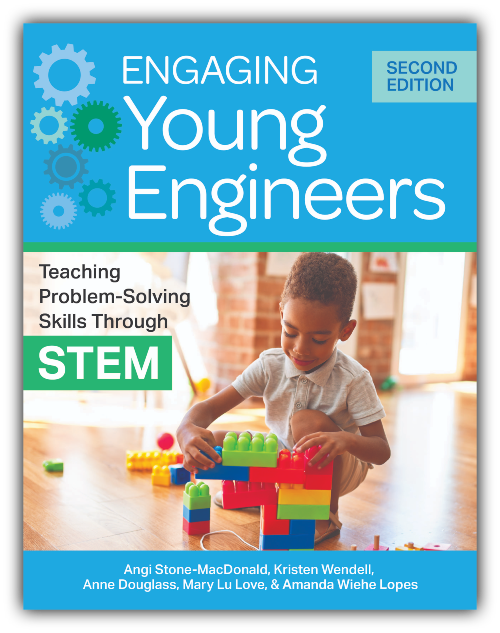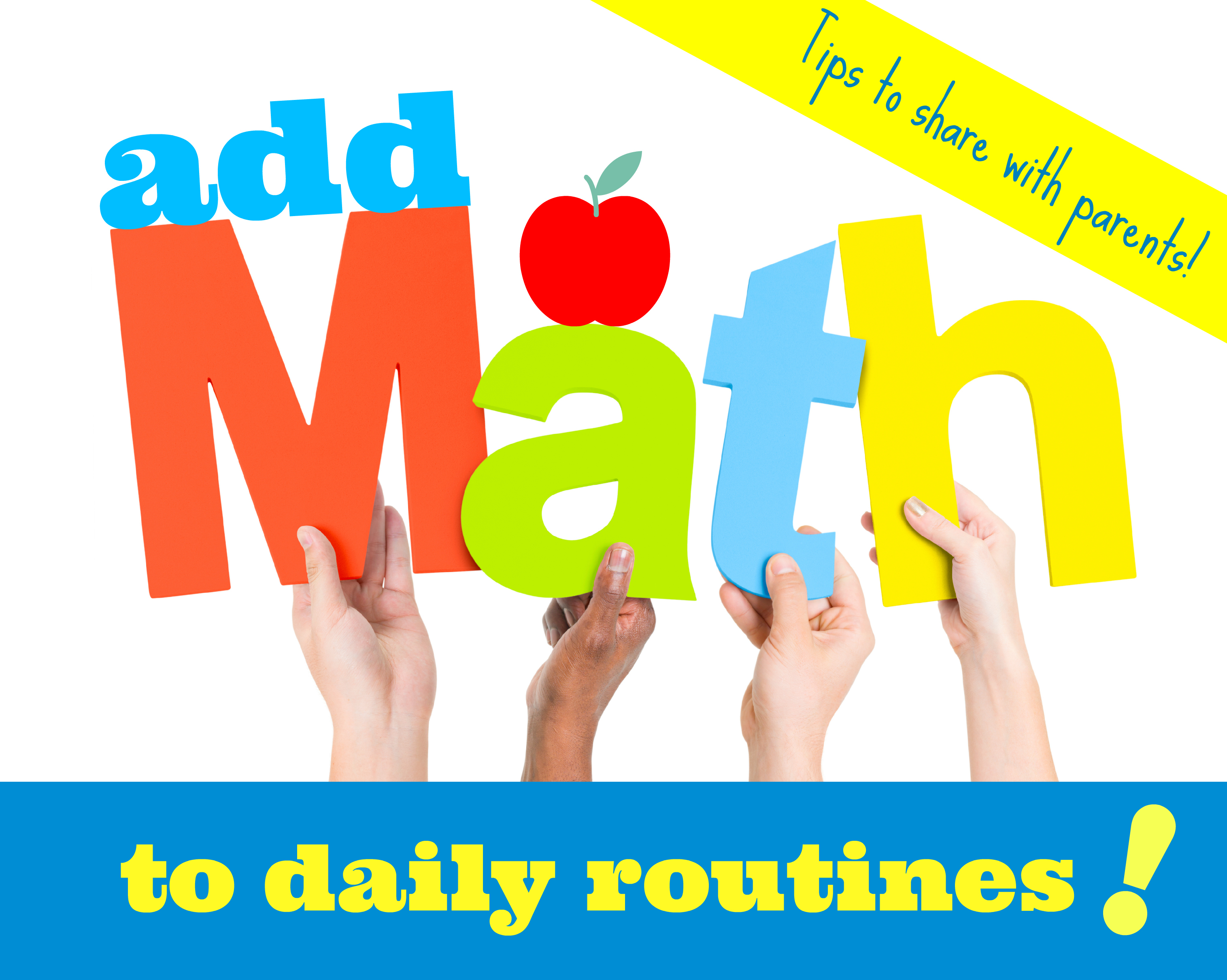7 Ideas for Encouraging Flexible Thinking in Young Children
October 15, 2024
 Flexible thinking is an essential ingredient of problem solving. The more children develop flexibility in their thinking, the better they’ll be at considering a problem from multiple perspectives, adjusting their approach to new information, and planning the next steps toward a solution.
Flexible thinking is an essential ingredient of problem solving. The more children develop flexibility in their thinking, the better they’ll be at considering a problem from multiple perspectives, adjusting their approach to new information, and planning the next steps toward a solution.
Preschoolers already exhibit flexible thinking in many ways—but how can teachers help them refine those skills and apply them in problem-solving situations? Here are 7 tips, adapted from the second edition of Engaging Young Engineers.
Start conversations about how to combine physical materials in new ways. Engage in conversation with children about the properties of different materials and the ways in which those materials can be changed or brought together to perform a new function. Look at existing everyday tools, such as kitchen utensils and sporting equipment, and talk about how the materials combine to make those tools and the role each material plays in helping the tool do its job.
Use key words. Certain action words can be helpful when creating lesson and unit plan goals for children. It’s helpful to think about these terms as guiding words for what children are working on at a metacognitive level. While planning, use words like inventing, experimenting, creating, exploring, solving problems, reasoning abstractly, brainstorming, finding multiple solutions, and considering others’ perspectives. Look for children carrying out these actions as you watch them engage in activities designed to promote flexible thinking.
Have kids consider options. Instead of asking children to invent a new tool to retrieve a bucket from a tube, for example, you might show them pictures of three different devices and have them choose which one would best retrieve the bucket if they built it out of the materials available in the classroom.
Introduce activities that stretch imagination. Teachers can help preschoolers build their flexible thinking skills by inviting them to try activities such as “draw a flower that does not exist” or imagine scenarios that might happen on a “fantasy planet.”
Create a makerspace. Access to a makerspace can enrich opportunities for flexible thinking. Offering children opportunities to experiment and play with open-ended materials, such as loose parts, cardboard tubes, blocks, and other materials that have many possible uses, also supports children’s abilities to think flexibly, invent, and create. Placing familiar problems in a new context also encourages flexible thinking. For example—what if you had to pour milk from a pitcher in a zero-gravity environment like space? (Note: Acknowledge children’s creative ideas while providing safety limits.)
Model flexible thinking. Adults need to provide a model of flexibility for children. Play around, whether by changing a storyline, inserting a new rhyming word into a poem, or providing a variety of ways to make a transition from the circle. Your own playfulness shows children that it is okay to “think outside the box.”
Reflect on your practices. As you try activities with children that are meant to encourage flexible thinking, ask yourself these self-reflection questions:
- Did I encourage children’s enthusiasm to try different tools and strategies?
- Did I ask children to make predictions, and did I document their predictions?
- Did I model how to make “I wonder if . . .” statements, and did I document children’s “I wonder if . . .” statements?
- Did I scaffold children to use their words and give them new vocabulary to use?
- Did I model how to brainstorm possible solutions by thinking aloud about previous experiences that might provide inspiration
- Did I encourage children to try their own ideas for problem-solving?
- Did I encourage children to generate more than one idea? Did I ask children to explain why they thought each idea would work?
- Did I offer multiple materials and multiple modes for children’s expression?
- Did I let the children try to manipulate the tools on their own?
For a dedicated chapter on flexible thinking with more ideas and sample lessons for infants, toddlers, and preschoolers, see the second edition of Engaging Young Engineers, a practical guide that helps you teach all children essential skills they’ll need for kindergarten and beyond.




Write a Comment
Your email address will not be published. Required fields are marked *
Post a Comment